Cybersecurity is entering a new era, and the stakes couldn’t be higher. Quantum computers, with their mind-bending processing power, have the potential to crack today’s strongest encryption in seconds. As researchers race to harness this revolutionary tech, hackers are eyeing it too — and preparing for the ultimate cryptographic heist. Let’s understand Quantum Cybersecurity.
The quantum threat isn’t science fiction — it’s a ticking clock.
In this article, we’ll explore why quantum cybersecurity is now the front line in the ongoing war between cyber defenders and malicious actors. Whether you’re an enterprise CISO or a curious reader, you’ll learn what’s real, what’s hype, and what must be done today to prepare for tomorrow.
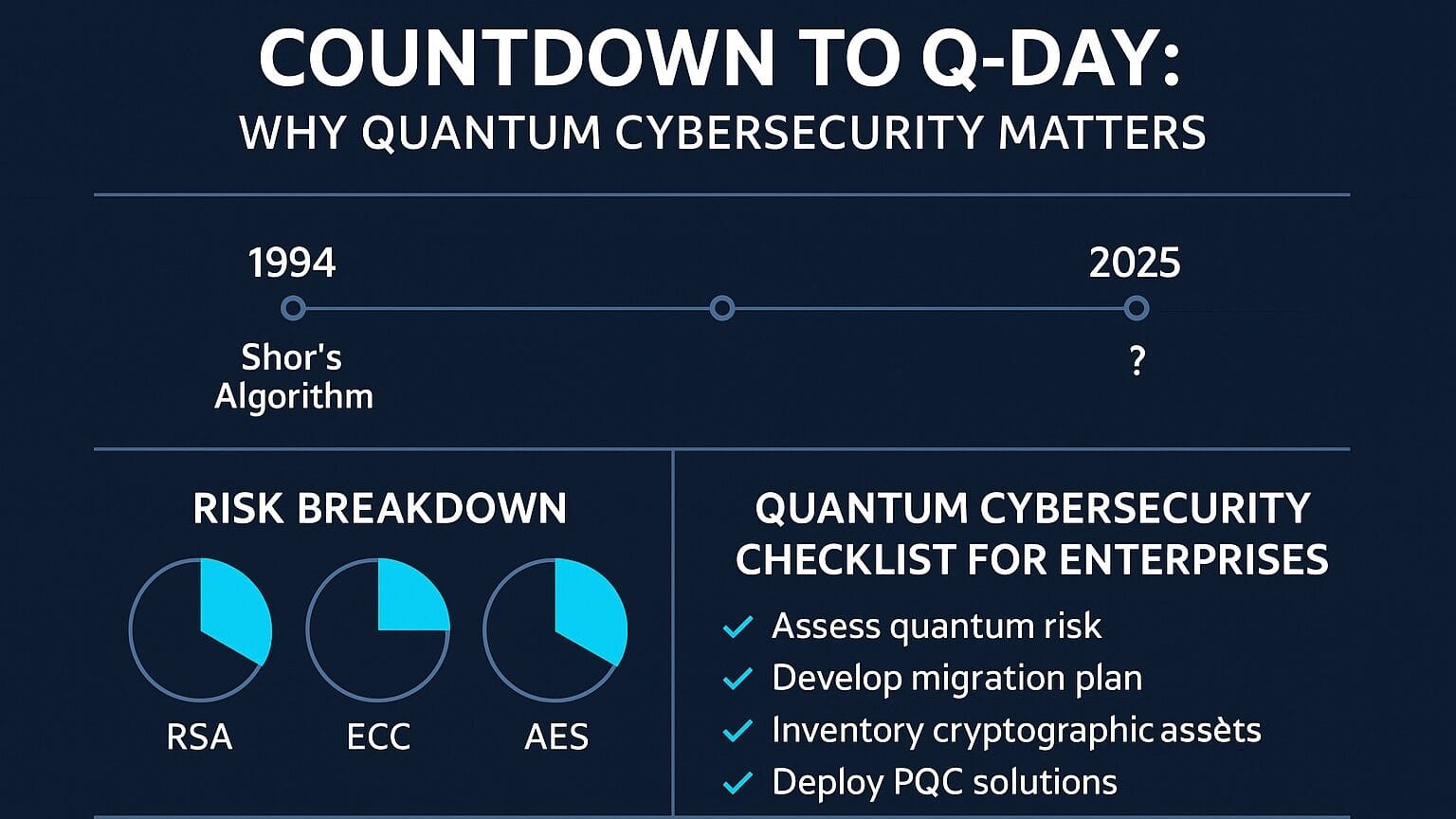
Quantum computing threatens to undermine today’s encryption methods, sparking a cybersecurity arms race. This article explores how hackers are already preparing for quantum capabilities, the rise of quantum-resistant cryptography, and what enterprises must do to stay ahead. Key takeaways:
- Quantum computers can break RSA and ECC encryption, posing serious risks to data confidentiality.
- Cybercriminals and nation-states are employing “Harvest Now, Decrypt Later” strategies.
- Post-quantum cryptography (PQC) offers quantum-resilient alternatives being standardised by NIST.
- Enterprises must inventory cryptographic systems, adopt crypto-agility, and assess quantum readiness.
- Quantum tech like QKD and QRNG offers defensive advantages, but scalability remains a challenge.
- Global regulatory bodies are issuing quantum-readiness guidelines—early compliance is crucial.
Understanding the Quantum Threat to Cybersecurity
Quantum computing represents a seismic shift in computational capability. Unlike classical computers that process bits (0s and 1s), quantum computers utilise qubits, allowing them to perform vast calculations in parallel. This leap poses a direct threat to traditional encryption systems:
- Shor’s Algorithm can factor large numbers exponentially faster, rendering RSA and ECC encryption obsolete.
- Grover’s Algorithm reduces the complexity of brute-force attacks on symmetric encryption like AES by half.
- Experts predict that when “Q-Day” arrives — the day quantum computers can break current encryption — global data security could be compromised within hours.
Hackers Are Already Planning for the Quantum Future
Cybercriminals and state-sponsored actors aren’t waiting. Many are already employing a strategy called “Harvest Now, Decrypt Later (HNDL),” collecting encrypted data now with plans to decrypt it once quantum computing matures.
- Nation-state actors, including China and the US, are stockpiling sensitive information.
- Dark web chatter and intelligence reports suggest cybercriminals are investing in quantum research.
- Insider threats within research organisations pose another layer of risk.
The quantum arms race is well underway, with cybersecurity hanging in the balance.
What Is Quantum-Resistant or Post-Quantum Cryptography?
Post-quantum cryptography (PQC) refers to encryption algorithms designed to withstand quantum computing attacks. These aren’t based on factoring or discrete logarithms — the weaknesses exploited by quantum algorithms.
- The US NIST has led efforts to standardise PQC algorithms.
- Key candidates include CRYSTALS-Kyber, Falcon, and SPHINCS+.
- These algorithms promise quantum-resistance while still being practical on today’s hardware.
- Migration is not trivial — legacy systems may require complete cryptographic reengineering.
Quantum Cybersecurity Strategies for Enterprises
Preparing for quantum threats requires proactive strategy, not reactive patching. Enterprises must:
- Conduct a crypto inventory to identify vulnerable systems.
- Use risk assessment frameworks aligned with quantum readiness.
- Develop quantum-safe migration roadmaps, prioritising high-risk areas.
- Educate staff about crypto-agility and emerging standards.
- Ensure third-party vendors are PQC-compliant and secure.
The Role of Quantum Technology in Cyber Defence
Quantum isn’t just a threat — it’s also a tool for defence:
- Quantum Key Distribution (QKD) enables tamper-proof communication.
- Quantum Random Number Generators (QRNG) produce superior entropy for encryption.
- Research into quantum-enhanced intrusion detection systems is gaining traction.
- Quantum-AI integrations could bolster threat intelligence and anomaly detection.
That said, these technologies are still emerging and require robust infrastructure to deploy at scale.
Global Policies, Standards, and Regulatory Pressures
The urgency of quantum preparedness has caught the attention of policymakers:
- NIST and ETSI have published quantum-readiness guidelines.
- The US National Quantum Initiative Act is pushing forward federal alignment.
- Europe and India are drafting national quantum security frameworks.
- ISO/IEC is developing standards for post-quantum cryptographic implementations.
Enterprises that align with these frameworks will not only future-proof their systems but also remain compliant as regulations tighten.
The Road Ahead: Is Quantum Security a Silver Bullet or a Mirage?
Despite the hype, quantum security won’t solve all cybersecurity woes:
- Quantum defence tools are expensive and complex.
- Over-reliance may breed false confidence.
- A layered approach — combining classical and quantum defences — remains best.
- Ongoing investment in R&D, crypto-agility, and security culture is essential.
Cybersecurity is an evolving battlefield, and quantum is the next terrain. Staying agile is key.
Final Words
The battle lines are being redrawn. Quantum computing won’t just disrupt — it will transform the cybersecurity landscape. While hackers prepare to exploit this future, defenders must do more than play catch-up. From adopting post-quantum cryptography to rethinking foundational security models, the time to act is now.
Quantum cybersecurity is not just a technological upgrade — it’s a mindset shift. The organisations that prepare today will lead tomorrow. Are you ready?
FAQs
Q1. When will quantum computers be powerful enough to break current encryption?
While there is no fixed date, many experts estimate that within 10–15 years, quantum computers may be capable of breaking RSA-2048 and ECC encryption. However, preparations must begin now, as attackers may be harvesting encrypted data for future decryption.
Q2. How can small businesses prepare for the quantum threat?
Start by evaluating where encryption is used in your systems, stay informed about NIST’s PQC recommendations, and ensure software providers are quantum-aware. You don’t need quantum hardware—just forward-looking cryptographic planning.
Q3. Are quantum-based defences like QKD ready for enterprise use?
Not yet for widespread deployment. QKD is currently limited by cost, distance, and infrastructure requirements. However, sectors like government, banking, and telecom are running pilots and early rollouts.
Q4. Is AES encryption safe from quantum attacks?
Partially. Grover’s Algorithm weakens symmetric encryption, but not to the same degree as asymmetric encryption. Doubling key sizes (e.g., AES-256 instead of AES-128) helps mitigate risk in the quantum era.
Q5. What does ‘crypto-agility’ mean in this context?
Crypto-agility refers to an organisation’s ability to quickly switch between cryptographic algorithms as threats or standards evolve. It’s a key principle for post-quantum readiness.
Q6. Will blockchain be safe from quantum attacks?
Many blockchain implementations rely on elliptic curve cryptography (ECC), which is vulnerable to Shor’s Algorithm. Quantum-safe blockchain designs are in development but not yet mainstream.
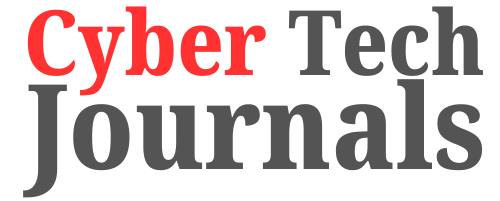








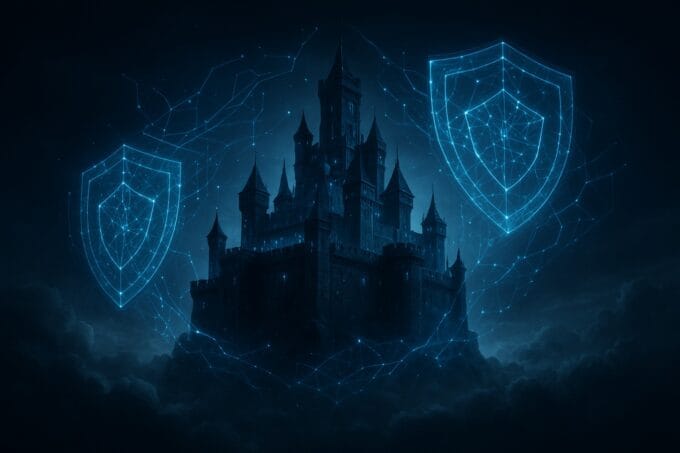
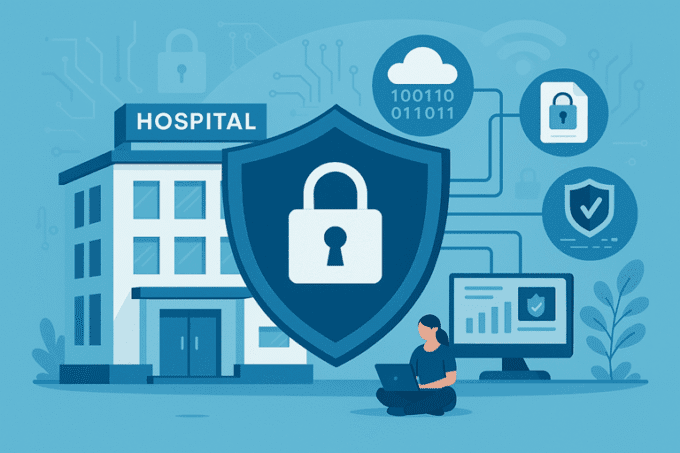



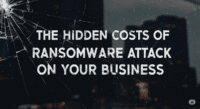


Leave a comment